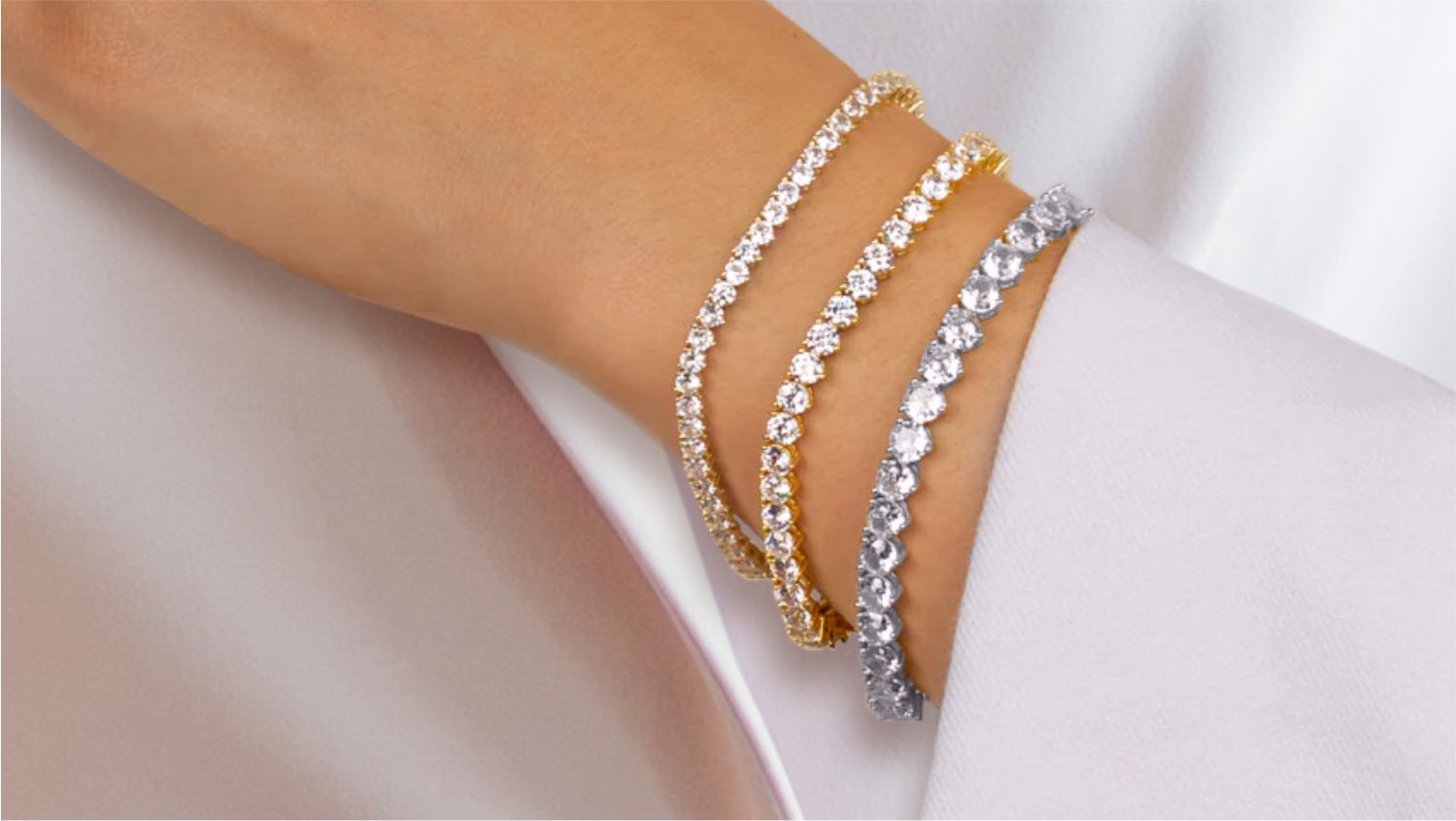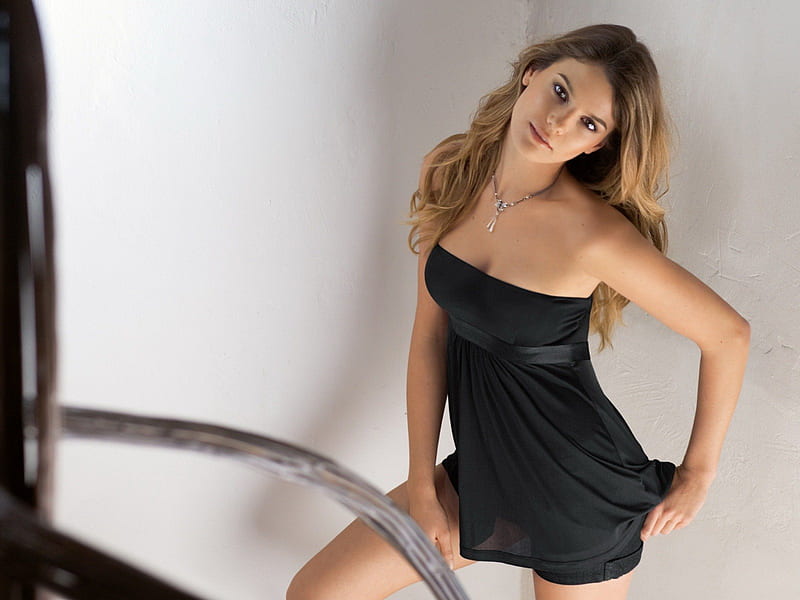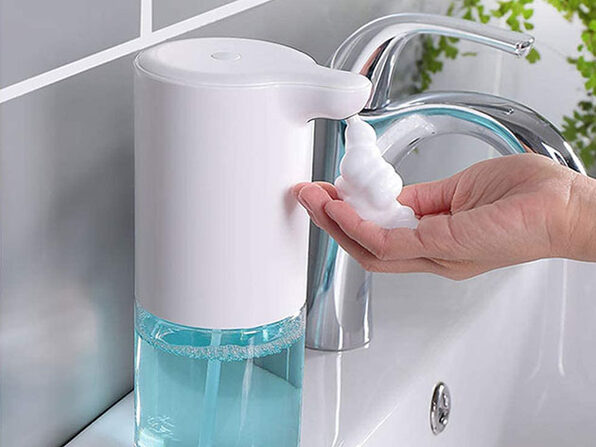The road to sleek and healthy hair is smoother than with this guide. We only know a little about our hair type, so we frequently choose the incorrect hair care products.
To better take care of your hair, you can learn how to identify your hair type in this article. You can better style your hair with this. Numerous characteristics of the hair type, including porosity, density, thickness, and elasticity, are present. To find out more about the various hair kinds, keep reading. You can select the best hair styling methods and hair care products with a firm understanding of your hair type. To obtain your hair goals, scroll down. Which description is most accurate of the fine thin hair.
Table of Contents
1. Hair Density
The quantity of hair (the number of individual strands) on your scalp is referred to as your hair density. Hair density and hair diameter are different. Denser hair can complement thin hair, and vice versa. The mirror test can help identify any of the three degrees of hair density.
Pull apart a sizable chunk of your hair. The amount of visible scalp influences how dense your hair is.
- Thin Density:You have thin hair density if your scalp is easily visible. Your hair is sparsely placed if that is the case.
- Medium Density: You have medium hair density if you can partially see your scalp through your hair.
- Thick Density:You have dense hair if you can hardly see your scalp.
If your hair is thin or fine, or if you are going through excessive hair loss, hair extensions or hair toppers for women can help you achieve that, especially hair wefts, which can easily create layers to thicken the natural hair. Check out quality wholesale wigs and wholesale human hair toppers from New Times Hair.
2. Hair Diameter
Your hair’s diameter refers to the width of individual hair strands. The most reliable method for identifying your hair type is this.
To determine whether your hair is fine, medium, or thick, perform the strand test. Hold one of your millions of hairs between your thumb and index finger.
- Thin Hair:You have thin hair if you can hardly feel a strand between your fingertips. The hair strand may occasionally be so thin that it is not even noticeable.
- Medium Hair:You have medium hair if you can just barely feel the hair strand.
- Thick Hair:You have thick hair if each individual hair strand is easily felt.
If you can feel each individual hair strand, your hair is thick. You might also think of a hair strand as a thread for stitching. Along the thread’s length, place a hair strand.
Your hair will be classified as thick or coarse if it is at least as thick as the thread. You have medium hair if it is almost the same thickness as the thread. You have thin or limp hair if each hair strand is considerably thinner than a thread.
3. Porosity
Porosity refers to how well can your hair absorb and retain moisture. More moisture and product will be absorbed into the material the higher the porosity. A high porosity could harm hair (1). This includes its capacity to take in products.
It can be useful to know your hair’s porosity while selecting the appropriate products for it. To assess the degree of hair porosity, submerge a single strand in a cup of water.
- High Porosity: You have high hair porosity if the hair strand sinks to the bottom. Because it easily absorbs the chemicals from cosmetics, hair with high porosity is more likely to sustain damage. Additionally, it is easily frizzy and rough. After you wash your hair, it could also dry out quite rapidly. The hair cuticle’s high porosity is caused by its high pore count. It frequently results from the repeated use of goods or treatments that contain chemicals. Your hair is never sufficiently moisturized if it is very porous.
- Medium Or Normal Porosity: If your soil has normal porosity, the strand of hair will float in the water and well balanced. The right amount of moisture is absorbed by this hair type. Your hair feels damp but not sticky after a wash. It can hold any hairdo with ease and doesn’t need a lot of care. Normal porosity hair is less vulnerable to damage.
- Low Porosity: Your hair will float on the surface if you have poor porosity. This indicates that it takes a while for your hair to dry. Less pores make up your hair’s cuticles, which reduces how much water it can absorb. When using products, they frequently rest on top of your hair rather than sinking in since the water has a tendency to stay on the cuticle’s surface. Your hair feels sticky and remains moist for several hours after a hair wash.
4. Hair Greasiness
You can determine how often you should wash your hair by determining how greasy it is. As greasy hair tends to accumulate residue more quickly, you will also be able to choose the proper products, such as clarifying shampoos and conditioners.
Before going to night, properly wash your hair and allow it to air dry.
Perform a patch test on your scalp as soon as you awaken. You can apply pressure with a tissue to your scalp, particularly behind your ears and close to the crown of your head. Your hair’s oiliness will depend on how much oil is left on the tissue.
- Oily Hair: You have greasy hair and a greasy scalp if there is a particularly oily spot on the tissue. This implies that you should wash your hair four to five times every week.
- Normal Hair: Your scalp is normal if there is only very slight sign of oil. Washing your hair is acceptable once to twice a week.
- Dry Hair: The tissue has not been coated in oil. This is a sign of dehydration. Make use of hair products that can both add and hold moisture.
- Combination Hair: Combination hair is indicated if oil is only deposition from particular areas of your scalp on the tissue. The hair around your temples and behind your ears frequently secretes a lot of oil.
Sometimes people can have dry, frizzy hair and an oily scalp. Such individuals ought to wash their hair with a shampoo for dry hair and apply an oily scalp shampoo to their scalp. They are also limited to using conditioner on their hair instead of shampooing every time or shampooing the scalp more frequently.
Most of the time, people continue using the incorrect products because they believe that dandruff or flakes are caused by a dry scalp. This can make the situation worse and cause hair loss. Therefore, rather than simply switching your hair care products if your condition does not improve after using the OTC treatment, you should see a doctor.
5. Hair Elasticity
The term “hair elasticity” describes how far a single hair strand may stretch before returning to its original shape (1). It is a reliable sign of healthy hair. The strongest of all hair types, hair with high elasticity offers a good degree of gloss and bounce.
You need to pull out a damp hair strand and stretch it as far as you can to measure the elasticity of your hair. Your hair’s elasticity might be divided into one of three categories based on the results.
- High Elasticity: A hair strand’s great elasticity can be seen by how far it can be stretched before breaking. Thus, hair will be stronger. When wet, hair with a high degree of elasticity can be stretched up to 50% of its length before breaking. Coarse hair is frequently quite elastic.
- Medium Elasticity: Your hair’s medium elasticity is indicated if it stretches somewhat before breaking. The average woman has medium-elasticity hair. Making use of natural hair oils and masks will help strengthen your hair.
- Low Elasticity: Hair with low elasticity snaps almost immediately after being stretched.
Usually weak and brittle, this hair type. Regarding the products used on it, it necessitates careful care. The flexibility of hair can be lost to harsh chemicals. Decide on shampoos that reinforce hair cuticles as a result.
6. Curl Pattern
Look at your hair. Is it straight, kinky, curly, or wavy? Four different hair patterns exist. How your hair looks is determined by your hair follicle and hair shaft. Your hair pattern is determined by the angle at which the hair follicle develops into the scalp.We’ll examine the various hair types in the section after this. Find out which of these best describes you.
Type 1: Straight Hair
No matter how much it is curled, this hair type maintains its straightness (2). The majority of the time, it is flat from roots to tips. It has a delicate, silky, and incredibly sparkly texture. There are no curls on it. Women with straight hair frequently have fine hair. This naturally straight hair type exhibits a high level of oil secretion in addition to being silky.
Type 2: Wavy Hair
Straight or curly hair cannot be straightened or curled. It lies somewhere in the middle of the two. You can see a faint curl pattern at the bottom of hair that is wavy (3). It holds hairstyles quite nicely. It has a thick diameter and a rough feel. Three sub-types of Type 2 exist:
- 2A is the thin wavy hair type
- 2B is the medium wavy hair type
- 2C is the thick wavy hair type
Type 3: Curly Hair
Check to see if your hair strand has a “S” pattern to discover if you have type 3 curls (3). This hair type has distinct curls that do not straighten out no matter how much you straighten it. Compared to straight or wavy hair, it is denser. It can easily tangle and is more prone to frizz. Once more, Type 3 is broken down into three sub-types of hair:
- Type 3A type has loose curls
- Type 3B type has medium curls
- Type 3C type has tight curls
Type 4: Kinky Hair
While having a coarse, rough appearance, kinky hair is actually incredibly delicate and sensitive. If not taken care of, it is readily breakable and susceptible to harm. High density and highly tight curls characterize kinky hair. The curls look like a letter “Z” (3). Three sub-types of this hair type are recognized:
- Type 4A type is soft
- Type 4B type is wiry
- Type 4C type is extremely wiry
If you want to try kindky or wiry hair, hair extensions or weaves of 100% Remy human hair from single donors are an excellent option. They are easy to wear, and provides instant length or volume. Click here to learn more.
Final Words
The secret to having healthy hair is to know what type of hair you have!
Your hair type can be identified using factors including hair diameter, porosity, greasiness, elasticity, density, and pattern. The four primary varieties of hair are straight, wavy, curly, and coily.
You will learn to address the appropriate hair issues as you gain a better understanding of your hair type. Additionally, being aware of your hair type enables you to select the appropriate serums, shampoos, masks, and brushes for your hair. Now you may create a hair care regimen that will improve and nourish the type your hair.
Still, if you have thin or fine hair, or are going through excessive hair loss, and don’t want to overstyle your hair, hair extensions or toppers are great options for you. Click here to have a thorough look.
Frequently Asked Questions
Do I have 1B hair?
Effective curl holding is possible with type 1B hair. Additionally, it is typically straight from the roots and has a medium texture. You have 1B hair if this description fits your hair.
What does 1B hair type look like?
The 1B hair type seems sleek and shining. It ends with soft curls yet has a modest center bend.
Is my hair 1C or 2A?
Although it is straight, type 1C hair may readily hold a small curl. When you air-dry this hair type, you may easily get a disheveled appearance. Type 2A hair is thicker and more voluminous than type 1 hair. Inferring your hair type from these descriptions is possible.













